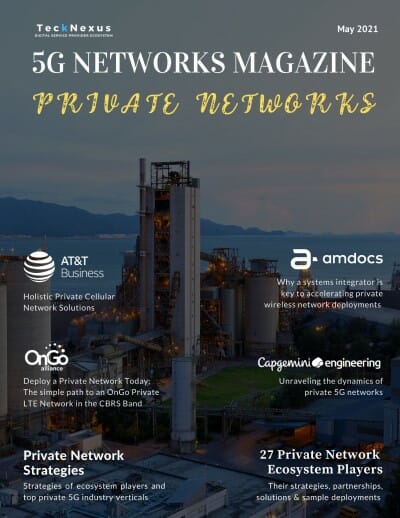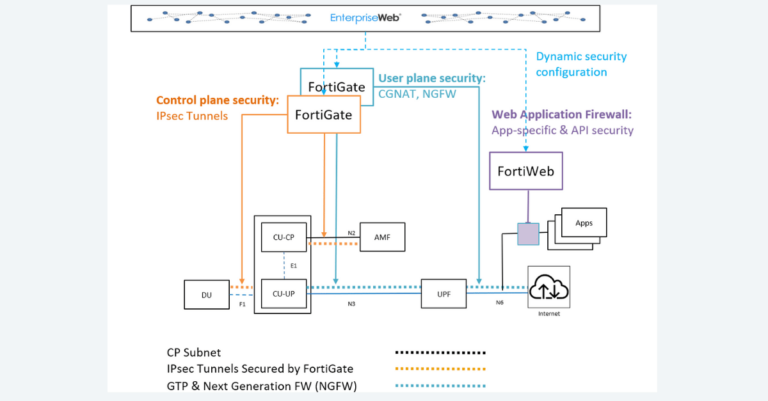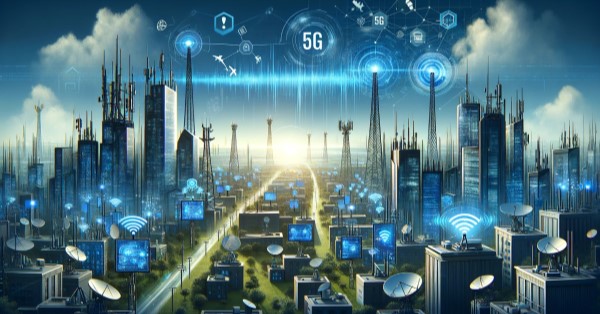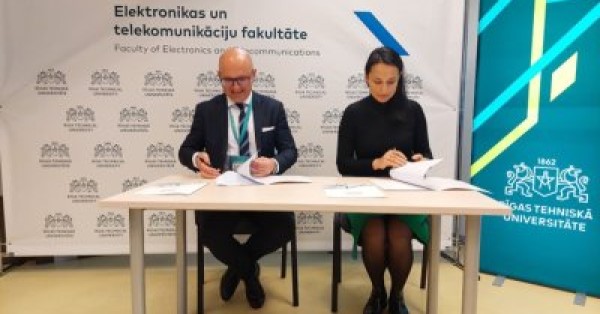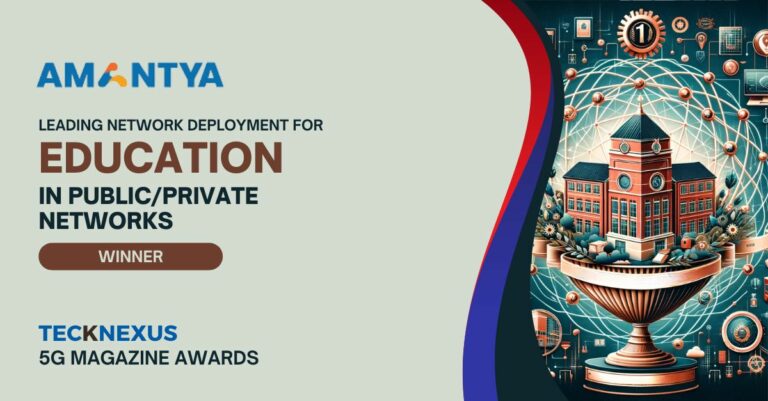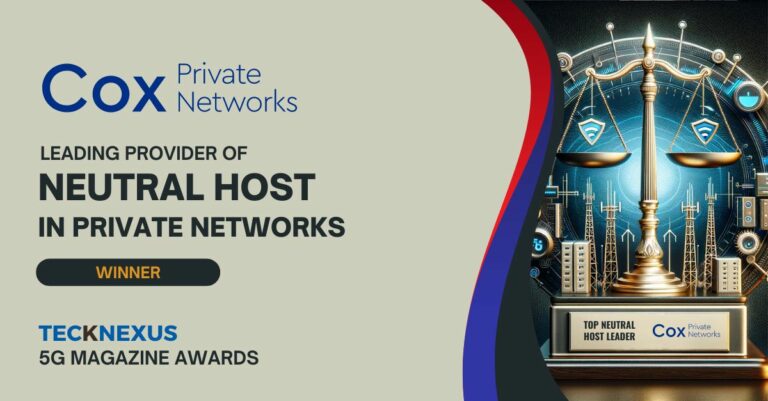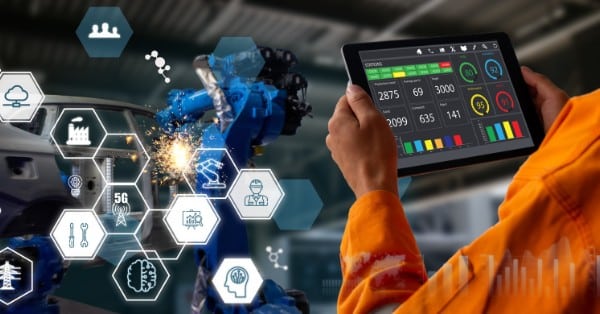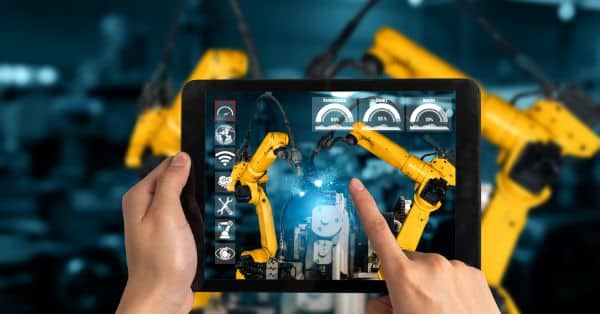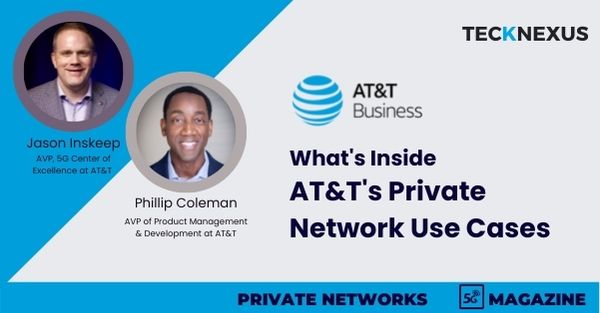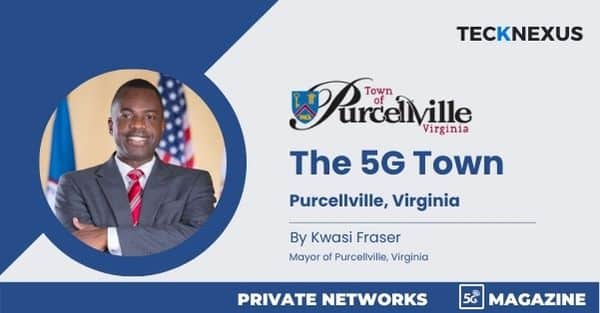News
- March 23, 2024
The rise of edge networking and distributed applications exponentially increases the attack surface for both the enterprise and Telecom infrastructure. EnterpriseWeb and Fortinet have partnered on award-winning solutions that continuously observe, manage and secure 5G multi-access edge computing (MEC) end-to-end. Together, EnterpriseWeb and Fortinet are providing an intelligent SASE solution that provides end-to-end protection spanning network infrastructure (control plane), network traffic (user plane), and application security. To see the advanced capabilities in action, watch the replay of their latest demo in collaboration with Intel, Microsoft and KX – “Secure Dev-centric Networking with CAMARA APIs”.
News
- March 23, 2024
The rise of edge networking and distributed applications exponentially increases the attack surface for both the enterprise and Telecom infrastructure. EnterpriseWeb and Fortinet have partnered on award-winning solutions that continuously observe, manage and secure 5G multi-access edge computing (MEC) end-to-end. Together, EnterpriseWeb and Fortinet are providing an intelligent SASE solution that provides end-to-end protection spanning network infrastructure (control plane), network traffic (user plane), and application security. To see the advanced capabilities in action, watch the replay of their latest demo in collaboration with Intel, Microsoft and KX – “Secure Dev-centric Networking with CAMARA APIs”.







